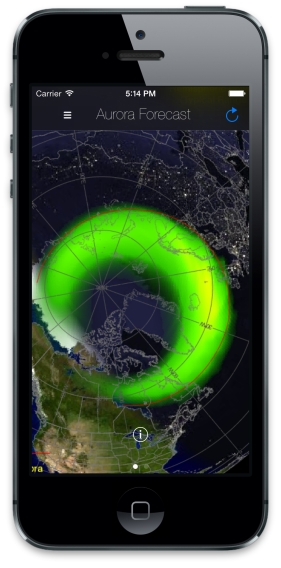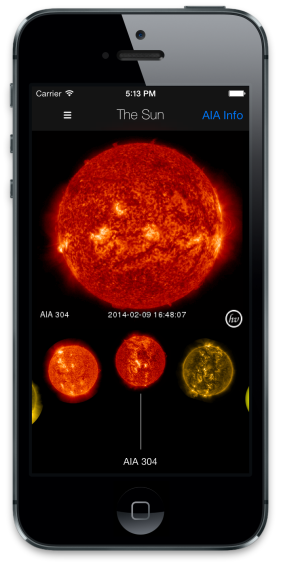The northern lights, or aurora borealis, remain one of natures most elusive and magnificent displays. Whilst familiar to residents of Alaska, Northern Canada and Scandinavia, few people realise that these aurorae are occasionally visible farther south – sometimes much further. The largest geomagnetic storm on record, in 1859 (the “Carrington Event”) lit up the skies (and melted telegraph wires!) around the world and as recently as 1989, the Canadian power grid was taken down by large solar storm.
Whilst events of that scale are extraordinary, YOU might be able to see the aurora more frequently than you thought, but you need the information to know when to look.
For example, whilst extreme events occur perhaps just 4 times every solar cycle (22 years), severe events occur perhaps 100 times per cycle, which on average is roughly once every 3 months. A severe geomagnetic storm may result in visible aurora in California, Ireland, England and all around the northern hemisphere – you just need to know when to look up!
That’s where the Aurora app comes in.

This free iPhone application taps into the latest live data from satellites and ground based stations around the world (with thanks to NASA and NOAA) to keep you abreast of the latest space weather conditions that influence the aurora.
Additionally, Aurora features the latest ovation prediction tool which gives you an easy to digest visual representation of the likely strength of aurora in your area.
Of course, we don’t expect you to check in with the app every day just in case, so we also offer a premium notification service which will send alerts directly to your iPhone when conditions for the aurora look promising.
Aurora was designed and developed by photographer and software engineer Roger Moffatt.


